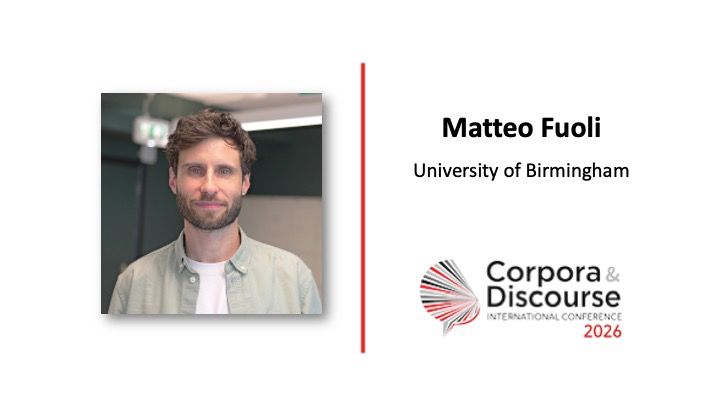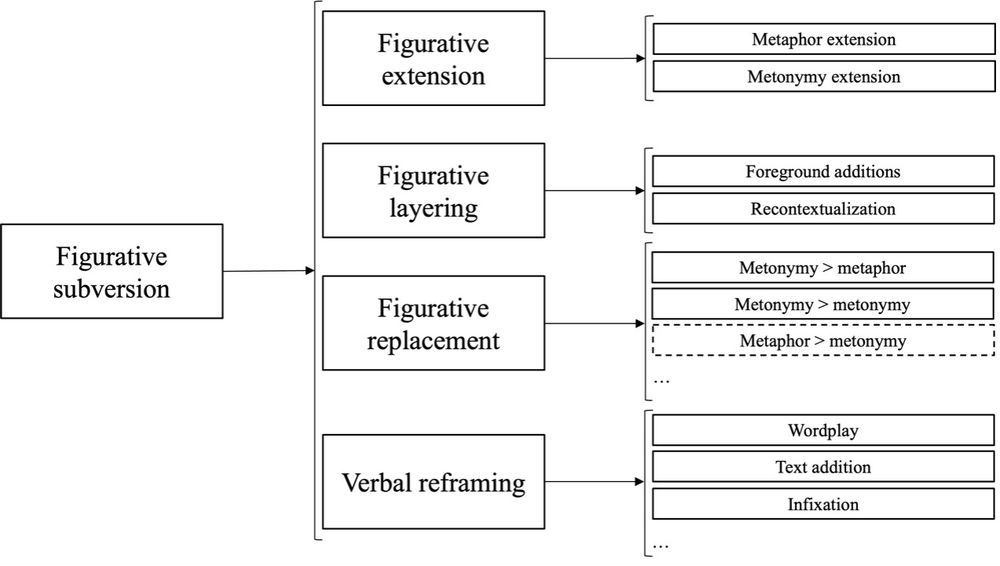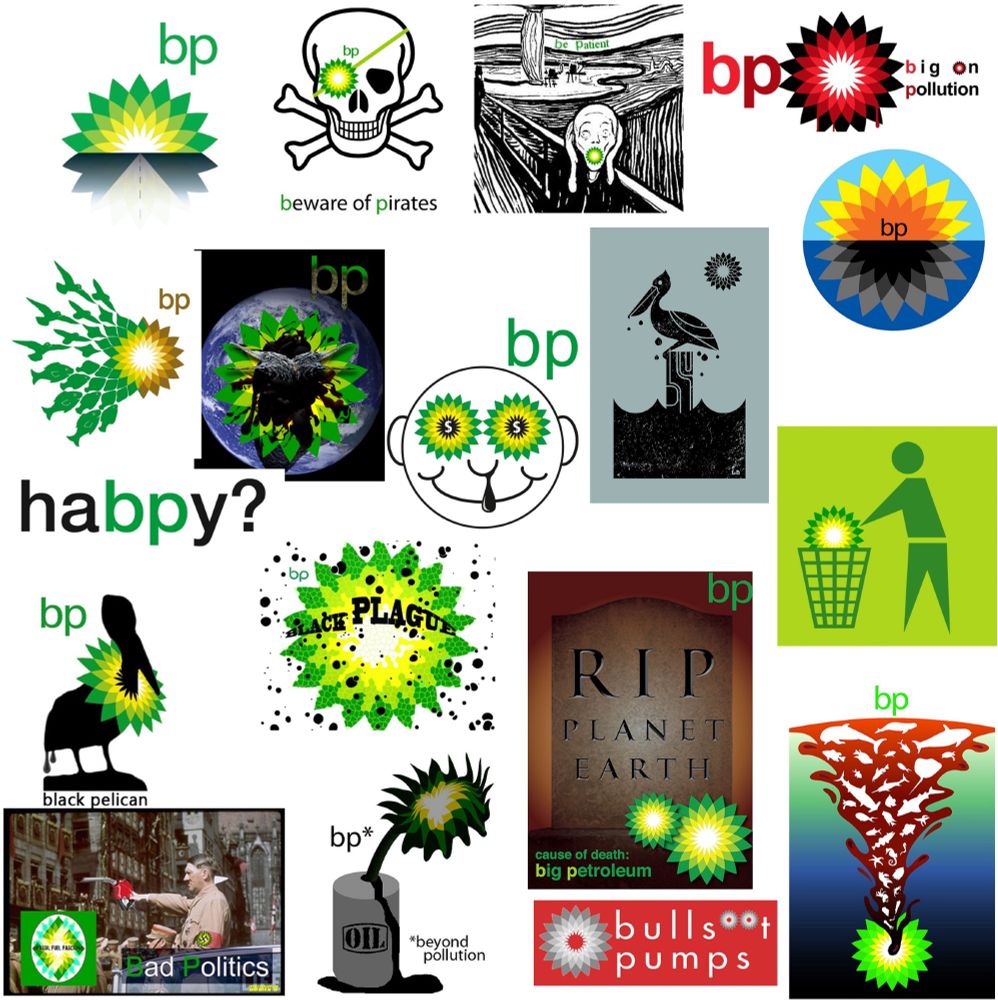Matteo Fuoli
@matteofuoli.bsky.social
370 followers
110 following
34 posts
Associate Professor @Uni of Birmingham researching business communication, trust, fake news. He/him. Views my own.
Posts
Media
Videos
Starter Packs
Matteo Fuoli
@matteofuoli.bsky.social
· Aug 27

Corporate buzzword or genuine commitment? A corpus-assisted analysis of corporate ‘net-zero’ pledges by major global corporations
In recent years, corporations have faced growing pressure to address their environmental impact, leading many to pledge ‘net-zero’ emissions. This stu…
www.sciencedirect.com
Matteo Fuoli
@matteofuoli.bsky.social
· Jul 9
Matteo Fuoli
@matteofuoli.bsky.social
· Jul 4
Matteo Fuoli
@matteofuoli.bsky.social
· Jul 4
Matteo Fuoli
@matteofuoli.bsky.social
· Jul 4
Matteo Fuoli
@matteofuoli.bsky.social
· Jul 4
Matteo Fuoli
@matteofuoli.bsky.social
· Jul 4
Matteo Fuoli
@matteofuoli.bsky.social
· Jul 4
Matteo Fuoli
@matteofuoli.bsky.social
· Jul 4








